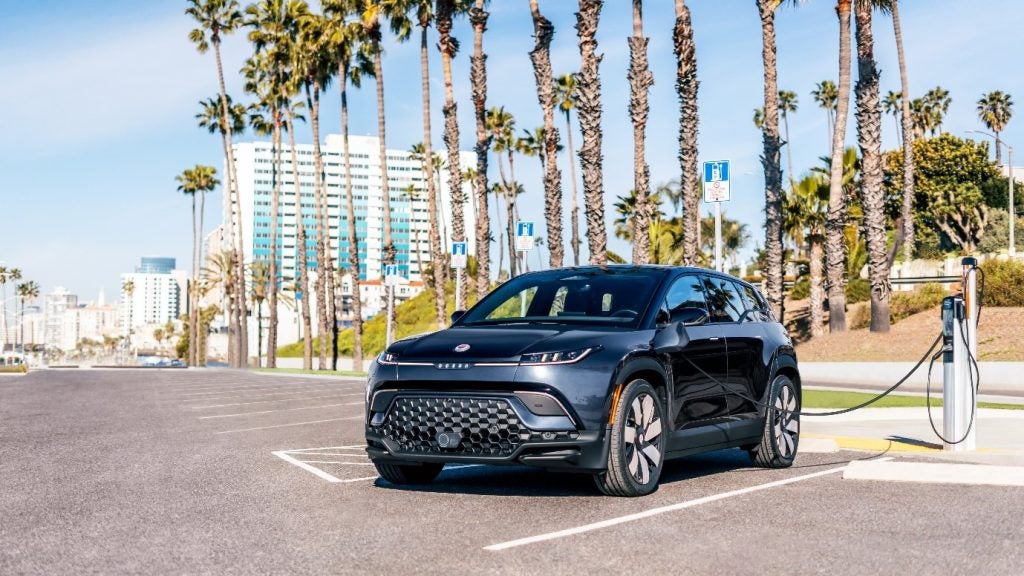
The Government of Canada says it is taking action to improve the availability of new electric vehicles across the country.
Canada has now finalised its new ‘Electric Vehicle Availability Standard’ to increase the supply of zero-emission vehicles available to Canadians across the country. The Government says the Standard complements additional actions underway by the federal government to develop a robust electric vehicle supply chain and infrastructure that ‘creates good, middle-class jobs and ensures a cleaner, safer environment’.
The Canadian Government maintains that the standard will ensure that Canada can achieve a national target of 100 percent zero-emission vehicle sales by 2035. Interim targets of at least 20 percent of all sales by 2026, and at least 60 percent by 2030, will channel supply to Canadian markets instead of going abroad, it says, ‘reducing customer wait times and making sure Canadians have access to the latest affordable and technologically advanced vehicles that are coming to the market in the next few years’.
To compel car manufacturers to achieve ZEV sales targets, the Electric Vehicle Availability Standard employs a new credit system. Manufacturers must sell zero-emission vehicles in order to earn credits. Failure to meet the ZEV targets will result in a credit deficit for companies – with resultant fines possible.
Each type of vehicle earns a different credit amount according to its emission levels.
Automakers surpassing their ZEV targets will amass surplus credits which can be banked for up to five years or traded to other companies. However, all credits must be used by 2034, says the government.
How well do you really know your competitors?
Access the most comprehensive Company Profiles on the market, powered by GlobalData. Save hours of research. Gain competitive edge.

Thank you!
Your download email will arrive shortly
Not ready to buy yet? Download a free sample
We are confident about the unique quality of our Company Profiles. However, we want you to make the most beneficial decision for your business, so we offer a free sample that you can download by submitting the below form
By GlobalDataThe Standard was informed by extensive engagement over the last two years and follows a phased-in approach that allows for a gradual and orderly switch to a 100 per cent zero-emission future. More than $34 billion in new investments have been made by automotive and battery manufacturers since 2020, and are part of the shift to electric vehicle production and establishing a battery supply chain in Canada – which Ottawa says will ‘create and maintain hundreds of thousands of good-paying jobs for Canadians in a modern automotive supply chain’.
When combined with investments in charging infrastructure, and battery and automotive manufacturing, along with consumer purchase incentives on new electric vehicles, the new Electric Vehicle Availability Standard is one more part of a comprehensive plan to ensure that Canadians fully benefit from an electric-vehicle future.
Ottawa says the Electric Vehicle Availability Standard ‘helps Canada keep pace with the United States, the United Kingdom, the European Union, and several other major economies which are all taking action to lower emissions and put more electric vehicles on the roads’.
The Canadian marketplace for passenger vehicles is already experiencing a rapid shift toward zero-emission vehicles. As pricing on select models has decreased and gas prices remain volatile, demand for electric vehicles has increased year over year. In the last quarter alone, one out of every eight new cars sold across Canada was a zero-emission vehicle. And, in British Columbia and Quebec, which already have similar standards in place, new electric vehicles now account for one in five sales in those provinces.
Advancements in battery technology have improved cold-weather performance and increased the range of many currently available models to over 400 kilometres, representing a substantial improvement from earlier models. Fully electric, plug-in hybrid, and fuel cell vehicles all offer consumers different options when looking to purchase a new vehicle. While about 80 percent of current electric vehicle owners choose to charge their vehicles at home, the Government of Canada is investing $1.2 billion to build 84,500 chargers across the country by 2029, which adds on to efforts by businesses and other governments to further expand the charging infrastructure across the country.
The switch to electric vehicles is also significantly reducing harmful air pollution. Health Canada analysis indicates that overall, emissions from all on-road vehicles contribute to an estimated 1,200 premature deaths and millions of cases of non-fatal health outcomes every year, at a total estimated economic cost of $9.5 billion annually. The air quality benefits of switching to electric vehicles will be particularly important for the 40 percent of Canadians who live near busy roads and highways and are exposed to high levels of pollution.
Steven Guilbeault, Minister of Environment and Climate Change, said: “Many Canadians are increasingly eager to make the switch to cleaner transportation, since it’s a win-win-win in savings, their heath, and the environment. Putting in place an Electric Vehicle Availability Standard fulfills a major climate commitment from our climate plan. Getting more electric vehicles on the road is another example of how we are taking climate action while helping make life more affordable. And our investments to position Canada as a significant player in the global electric vehicle manufacturing and battery supply chain shows how we are taking advantage of the economic opportunities provided by the emerging low-carbon economy.”
Details of the ZEV credit scheme on Canadian Government website







